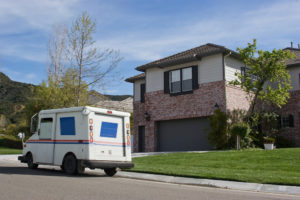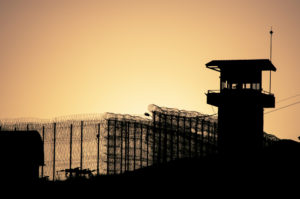Statistics show that about 50 percent of all railroad crossing accidents (about 3,000 per year) happen where there are no active warnings (no electronic lights or gates). I have heard gripes for a number of years from engineers and conductors who continue to question the railroad’s use of video cameras in road engines.
While railroad management claims the video cameras are mainly to protect the company and engineers if there is a railroad crossing accident, our law firm has learned of various cases where the railroads use the video cameras, or the audio, as a disciplinary tool against a worker.
The cameras have been used to corroborate a disciplinary or rule violation against an engineer or conductor in case of a collision or accident. This is one reason that Brotherhood of Locomotive Engineers and Trainmen (BLET) along with many other engineers had grave concerns over the installation of these cameras in engines and locomotive cabs.
Yes, NS and other railroads are using the video cameras to show that the motorist is at fault in obvious crossing crashes, like where the driver goes around gates. This evidence can help the engineer and conductor in such cases.
I propose, instead of adding more locomotive cameras and video recorders, the rail companies and unions consider electronically lighted or gated railroad crossings, called "active warnings,” which many consider the gold standard for preventing railroad crossing accidents and deaths.
In the near future, positive train control and GPS technology should link any train approach with any dangerous crossing (this becomes mandatory in 2015) so at the minimum, active warning lights will illuminate at any crossing well in advance of the approach of the locomotive engine and the train.
Lighted crossings offer a real and active warning to a motorist, unlike a static stop sign or cross buck. When a motorist ignores a properly lighting active warning light, the motorist usually has no excuse for causing a collision at a railroad crossing.
About the Editors: Shapiro, Cooper, Lewis & Appleton personal injury law firm (VA-NC law offices ) edits the injury law blogs Virginia Beach Injuryboard, Norfolk Injuryboard

Rick Shapiro has practiced personal injury law for over 30 years in Virginia, North Carolina, and throughout the Southeastern United States. He is a Board-Certified Civil Trial Advocate by the National Board of Trial Advocacy (ABA Accredited) and has litigated injury cases throughout the eastern United States, including wrongful death, trucking, faulty products, railroad, and medical negligence claims. During his three-decade career, Shapiro has won client appeals before the VA Supreme Court, VA Court of Appeals, NC Supreme Court, SC Supreme Court, WV Supreme Court, TN Supreme Court, and three times before the United States Court of Appeals for the Fourth Circuit, underscoring Shapiro’s trial achievements. In addition, he and his law firm have won settlements/verdicts in excess of $100 million. His success in and out of the courtroom is a big reason why he was named 2019 “Lawyer of the Year” in railroad law in U.S. News & World Report's Best Lawyers publication (Norfolk, VA area), and he has been named a “Best Lawyer” and “Super Lawyer” by those peer-reviewed organizations for multiple years. Rick was also named a “Leader in the Law, Class of 2022” by Virginia Lawyers Weekly (total of 33 statewide honorees consisting of lawyers and judges across Virginia). And in September 2023, Rick was selected as a recipient of the National Board of Trial Advocacy (NBTA) 2023 President’s Award. Although many nominations were submitted from across the country, Rick was just one of eight attorneys chosen by the prestigious National Board which certifies civil trial attorneys across the U.S. Rick was also recently named to Virginia Lawyers Weekly 2024 Virginia’s Go To Lawyers Medical Malpractice. The attorneys awarded this honor are nominated by their colleagues and chosen by a panel from the publication.










Comments for this article are closed.